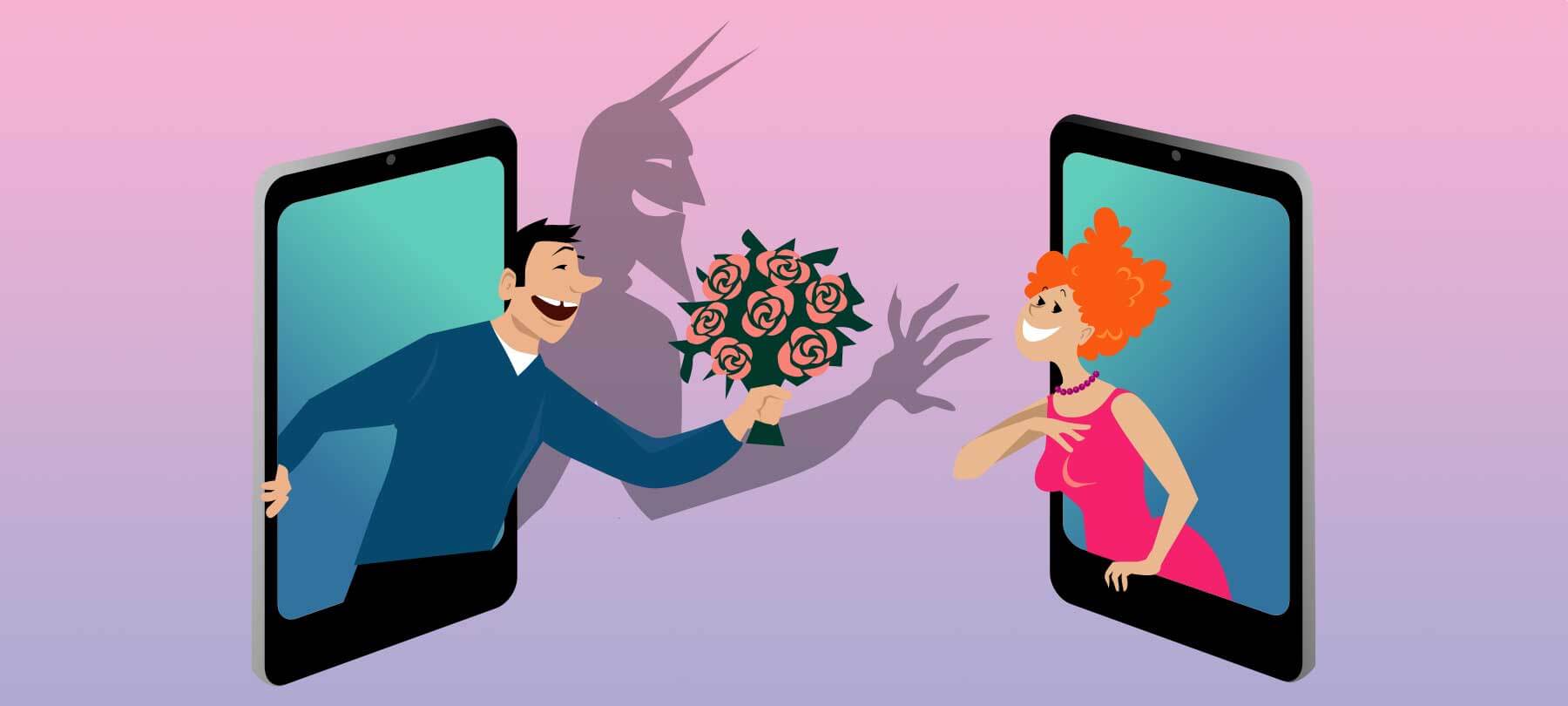
Valentine’s Day scams in 2022
Valentine’s Day scammers are a perennial threat — but their scams change a bit from year to year. Here are three main Valentine’s Day scams to watch out for in 2022:
Romance scams and the elderly
Frequently seen around Valentine’s Day, a romance scam is when a scammer pretends to be in love with their victim in order to scam them. They gain their target’s trust over time, and then eventually ask them to send money or to divulge sensitive personal details. It’s a particularly heartless scam, as it tends to exploit the loneliest and most vulnerable people.
This year, it’s very important to watch for romance scams that target the elderly. According to the Federal Trade Commission (FTC), romance scams among older adults are on the rise. The trend has accelerated during the COVID-19 pandemic, which has left many older folks feeling isolated and in need of companionship.
If an older person tells you about a “new friend” they’ve met online, ask some questions. If you spot common signs of a romance scam, have a frank discussion with them about the risks — and about how to keep themselves safe. (Checklist 68: Scams that Target the Elderly, has some good advice about how to handle these delicate conversations.)
Valentine’s Day phishing scams
Phishing campaigns often coincide with holiday shopping seasons. Valentine’s Day is no exception: Every year, scammers send out Valentine’s Day-themed phishing emails aimed at unwary gift buyers.
It’s a recurring threat, but with so many of us doing our shopping online, it’s more important than ever to be on guard — and is why we’re including phishing in our list of top Valentine’s Day scams in 2022. If you get an email offering a special Valentine’s Day deal on jewelry, chocolate, flowers, or whatever: be careful. It might be a phishing attempt.
As always, your best bet is simply to avoid clicking on links in these emails. Instead, navigate to the company website in your browser and look for the special offer there. If it’s genuine, you should be able to find it.
In addition, remember that not all holiday phishing scams happen before you buy. There are order delivery phishing scams as well. Scammers will claim that there’s something wrong with your purchase that requires immediate action. But this is just an attempt to make you panic — and do something you shouldn’t. (If you’re not sure what to do in this situation, read How to Avoid Package Delivery Scams.)
Valentine’s Day social media shopping scams
The FTC reports that social media shopping scams increased sharply last year. As such, we’re rounding out our list of top Valentine’s Day scams in 2022 with a warning to shoppers to be extra-vigilant when buying gifts seen on Facebook or Instagram.
The FTC says that online shopping fraud accounted for 45% of all reports of money lost on social media in 2021. To quote the FTC: “In nearly 70% of these reports, people said they placed an order, usually after seeing an ad, but never got the merchandise. Some reports even described ads that impersonated real online retailers that drove people to lookalike websites. When people identified a specific social media platform in their reports of undelivered goods, nearly 9 out of 10 named Facebook or Instagram”.
The best way to stay safe here is to know who you’re buying from. If you see an ad or a deal on social media from a well-known company, don’t take the risk of being sent to a lookalike domain. Navigate to the company’s website on your own and look for the deal there.
If it’s a smaller company, do some due diligence before you buy. Perform a web search for the company name plus the word “scam” or “complaint”. Use ICANN’s lookup tool to check the registration date of the company’s website. If the site is brand new, there’s more risk than with a well-established domain.
Lastly, always check out using a safe, refundable form of payment. Don’t pay via gift card, wire transfer, or cryptocurrency. Use a credit card at minimum. Even better: Use a secure digital payment method. Virtual credit card numbers, PayPal, and digital wallet services like Apple Pay and Google Pay are all good options.
